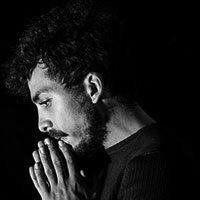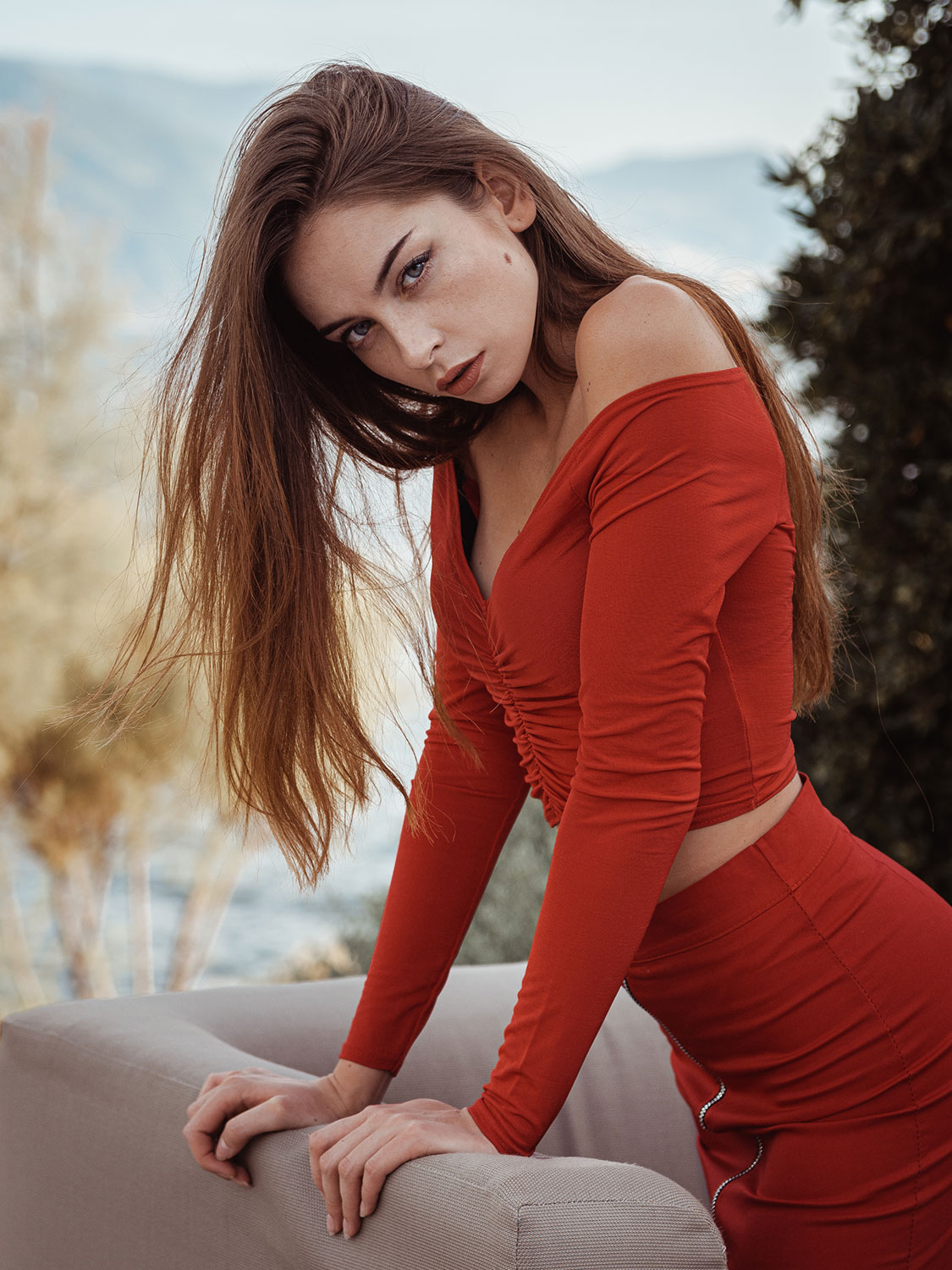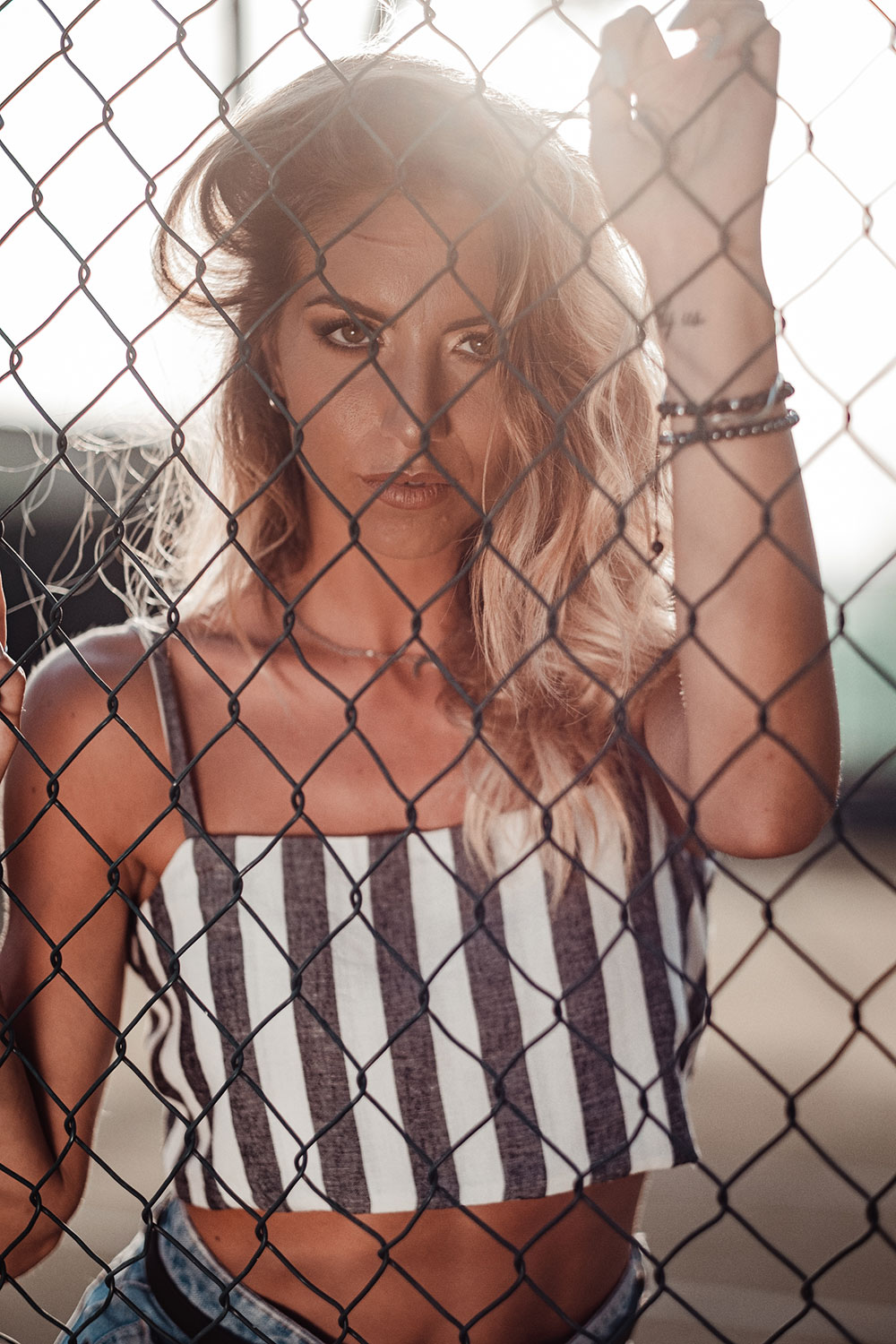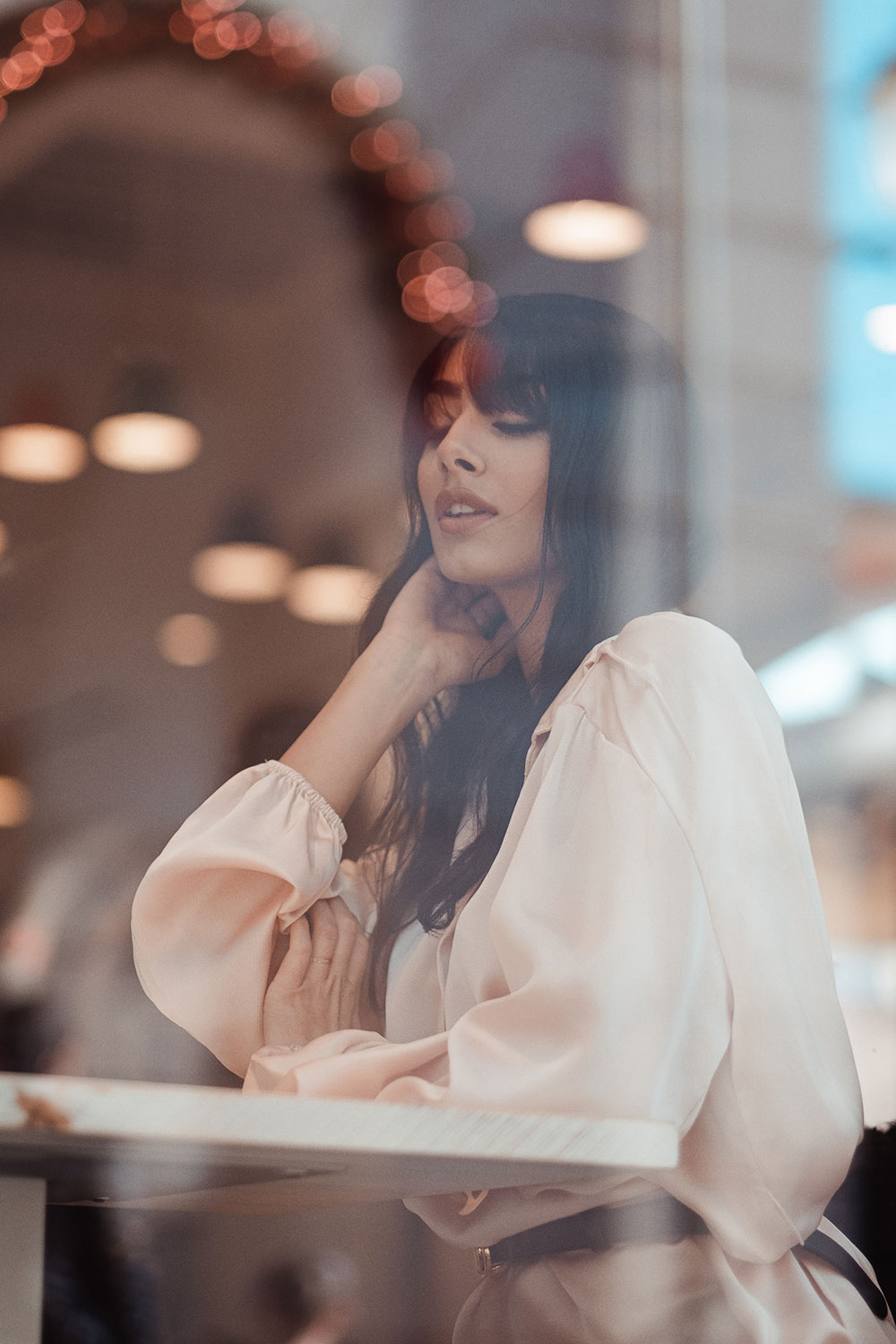The photographer who used to leave the lights at home
Working as a software/web developer, Ciro Palomba, from Napoli, started with photography for its technological aspect. But he kept experimenting and slowly started to get into portrait photography. Enthusiast of natural light and shooting mostly outdoors, Ciro likes to obtain natural results, almost a “point and shoot” approach.
Thank you, Ciro, for all your availability for this interview! Could you start by presenting yourself to our readers?
My name is Ciro Palomba, I am 30 years old, and I am from Napoli, Italy. I work on computer technology, in particular I’m a software/web developer. I love everything technological, be it a smartphone, a PC, and perhaps even a smart toaster. It is precisely for this reason that I approached photography.
When did you first become interested in photography, and what was your first camera?
Like any geek(or nerd?), Black Friday is a day in which you buy tons of products on offer, often even if you don’t really need them, or that you may never have looked for before. Well, the camera was one of them for me.
It was Black Friday in 2012 when I bought my first camera, a Nikon D3200 with the 18-55mm kit lens. Yes, I bought REALLY an entry-level, not like some people who buy a full-frame as the first camera and say “I’m learning”.
At a certain point, you moved from a more urban/lifestyle approach, to dedicate yourself almost exclusively to portrait photography. What led to this turning point in your career? Do you consider it essential to focus on just one genre to make significant progress on our photography skills?
I have always loved photography, even unconsciously when I didn’t have a camera yet. I was using an old compact, or my smartphone, but I realized I needed to freeze some moments, people or places I met on my way.
When I bought the camera, I started to shoot everything, a bit to look for what my photographic style really was, a bit simply to learn the technique and apply the notions I learned as a self-taught on youtube.
Yes, I also photographed flowers and waterfalls to get and try the silky water, but the more I read and studied on the internet, the more I was impressed and fascinated by the urban/street style. So I decided to try that kind of photo more and more, and it was nice and comfortable because I didn’t need models! I started posting only this type of photos on Instagram, but there was just one problem… I was too shy, and it embarrassed and frightened me too much to photograph strangers!
At the same time, I kept experimenting with photography, and realized that, instead, there was a lot more empathy with a model and the result was often better, so slowly I started to improve in portrait photography.
I don’t think that a photographer should do a single photographic genre, especially those who are amateurs like me and do not do it as a profession. Still, I think that nowadays, a good Instagram profile requires something homogeneous, but nothing prevents me from experimenting with something different in the future.
We noticed that you shoot mostly in outdoor locations and using natural light. Paradoxically, the simplest approach is often the most complex to perform! What tips could you share with our readers about the use of natural light, making the most of it, and in the most flattering way possible for the models?
That’s right, most of my shots are outdoors and always in natural light. This is because I like to have a “point and shoot” approach, very natural. I don’t want to get the perfect photo, with flawless light, I like to call them “wedding photos”.
I don’t like it, I don’t like studying a photo for minutes, or even hours, and trying to create a photo studio on the street, with 10 lights and 10 tripods. I like to move and experiment. The advice I can give is to shoot at the golden hour, when the light is softer, and to use a reflector, especially when shooting against the light. It can save your life.
What about the locations? Being an integral part of the image, what tips could you share about choosing the best places for the photoshoot and positioning/directing of the models?
I am very lucky on this, because I live in a city where in a few kilometres I can move from a mountain scenery (Vesuvius) to a sea scenery, or an urban scenery of a metropolis. It depends on the mood and style I want to give to photography. I like to alternate.
Regarding positioning/directing, I usually choose the place to shoot, where there is a composition that I like, and then I let the model free to pose.
What reasons led you to switch to Fuji and what do you miss from your previous Nikon setup?
In one word? Weight! But let me explain.
I love to travel, and photography is my travel companion. I always took my camera with me on trips, and walking hours and hours, and days and days, with a backpack weighing several kilos on my shoulders, at the end of the day, or even worse, at the end of the trip, I felt exhausted.
It’s true, the feeling that a reflex gives you when shooting, the mechanical sound, the solid grip, a mirrorless can’t give you. But that’s not enough to make me stay on a reflex system.
There are other things, besides the lightness that made me fall in love with the mirrorless system, in particular Fuji: The focus peaking, the film simulations and in general the electronics that represent the evolution of cameras. Yes, I think mirrorless cameras are the future… and my back will thank me.
What is your favourite portrait lens?
To be honest, I haven’t tried many of them: the 90mm f2 and the 56 f1.2 and… I love the latter. It’s perfect for me. My portraits are quite large. I like to include elements or the half-length subject.
I have sometimes done a face close-up, but it’s not my favorite genre. Furthermore, with this lens I can also do indoor/home shooting without having problems with space.
What software do you use to process your images? Could you briefly describe your workflow?
My workflow is Lightroom + Photoshop, but I don’t spend too much time on post-production, and I tried to optimize it as best as possible, so as not to waste time. I apply a preset of my own to the photo in Lightroom, which is the starting point, and then I make the precise adjustments for that photo by correcting the parameters.
After that, I export to Photoshop where I proceed with the removal of skin imperfections and a slight “dodge and burn” and… that’s it.
In the past, I spent a lot more time post-production, but the result was often “too much”, and I made mistakes. Over time I have learned that “less is more”, and I am happy to have more free time to watch a series on Netflix.

“My name is Ciro Palomba, I am 30 years old, and I am from Napoli, Italy. I work on computer technology, in particular I’m a software/web developer. I love everything technological, be it a smartphone, a PC, and perhaps even a smart toaster. It is precisely for this reason that I approached photography.”

























